Product Description
Turtlehead - Chelone Glabra
Chelone Glabra, also known as Turtlehead wildflower, yields a very unique bloom. The flower's sepals split bilaterally and the enclosing shape of 5 petals is where the plant gets its casual name, "Turtlehead". The clasping shapes of the little internally facing flower petals look like heads of turtles. The inside of the plant's bloom holds nectar from the pistils inside of the little turtle-head-shaped flowers. The blooms are tight in appearance but you can press gently with your fingertips to reveal the function of a turtle opening its mouth. When closed, little bugs push through the 'turtle mouth' to get the nectar and fruit inside. Insects and bees pry open the petals for nutrients that spill from the plant's ovules, including bumble bees and hummingbirds. Chelone Glabra is a host for the Baltimore Checkerspot Butterfly.
While they often grow wild, this perennial's stems are easy to snap back if they appear too full or overgrown. Chelone Glabra leaves have little spikes with razor-sharp looking edges. While there are no thorns on this plant, the spiky leaves signal that this version of Turtlehead is Chelone Glabra. You can tell because the spiky leaves are light to medium green, and the blooms are white with a bit of pink.
Another notable trait of this species is the color gradient effects of the bloom. Several variations are recognizable by different color combinations. The unique flowers attract flying bugs and little insects by signaling with color that flower nectar is inside. Other Turtlehead variants can have darker leaves with fewer spikes and more of a tear-drop leaf shape. The blooms can be blue to purple, green to brown, pink to red, or white to light pink. Not to be confused with Snapdragon, which looks similar but has blooms that open and lack the turtle head shape, Turtlehead can also be yellow.
Where Does Chelone Glabra Grow?
This beautiful plant is native to the United States and grows in the midlands and upper east coast. It thrives in wet soil and sunlight. The wetness of the soil is important to the plant's health because the soil and water supply nutrients for growth. Connecticut, Maine, Massachusetts, New Hampshire, Rhode Island, and Vermont present ideal growth habitats for this plant to thrive. You can find it near swamps, lakes, meadows, and anywhere where soil is naturally dense with rain water and moisture.
Using Chelone Glabra for landscaping is an excellent investment because you can leave it to bloom, withstand the weather, and bloom again without too much interference. It grows long and full, but the stem of Turtlehead is easy to snap off and put in a vase for a little while if you trim it back to groom the area. Don't forget that Turtlehead blooms host a number of minor bugs, so be careful if you snap off pieces for a vase because insects might be feeding inside. Remember, the seed pods inside the 'turtle mouth can be potted when the flower turns dark and the petals dry out.

 Native Ferns
Native Ferns
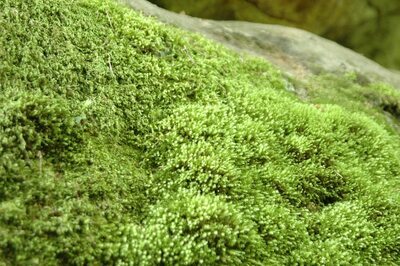 Native Mosses
Native Mosses
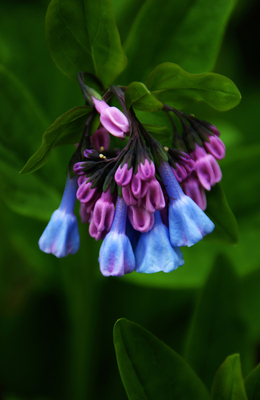 Native Perennials
Native Perennials
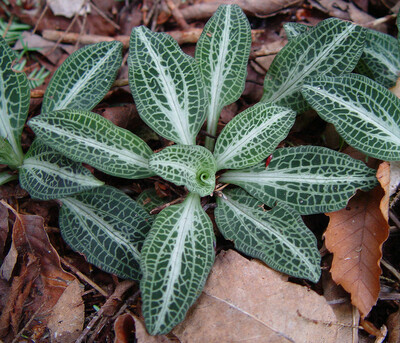 Native Ground Covers
Native Ground Covers
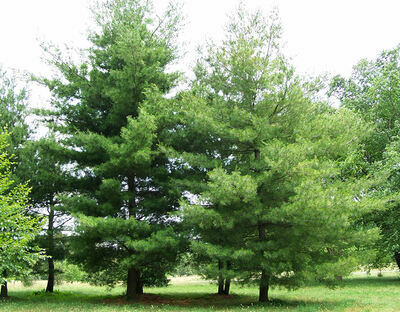 Native Trees
Native Trees
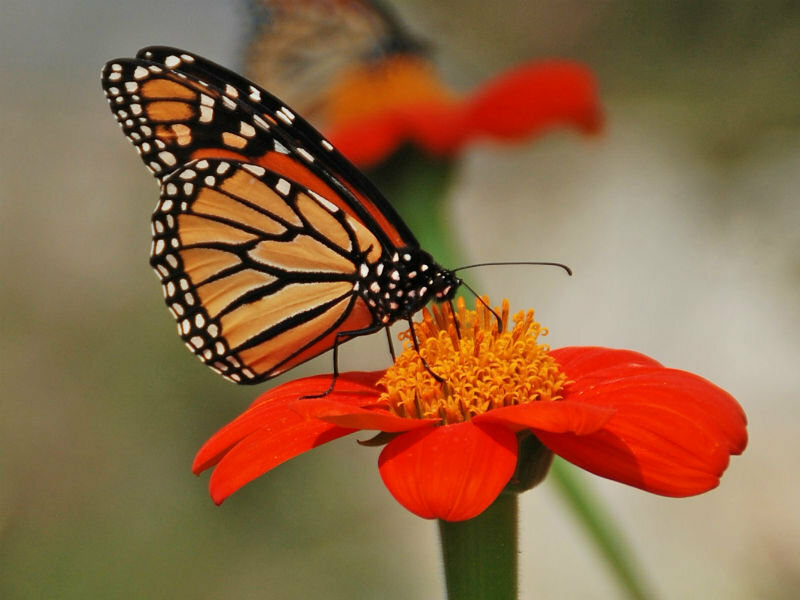 Pollinators
Pollinators
 Shop Bloom Color
Shop Bloom Color
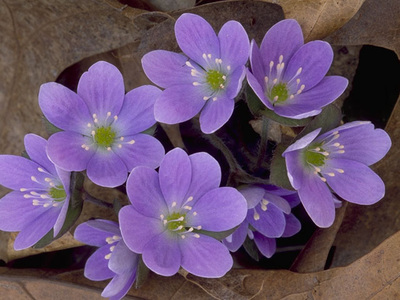 Perennials By Zone
Perennials By Zone
 Medicinal Herb Plants
Medicinal Herb Plants
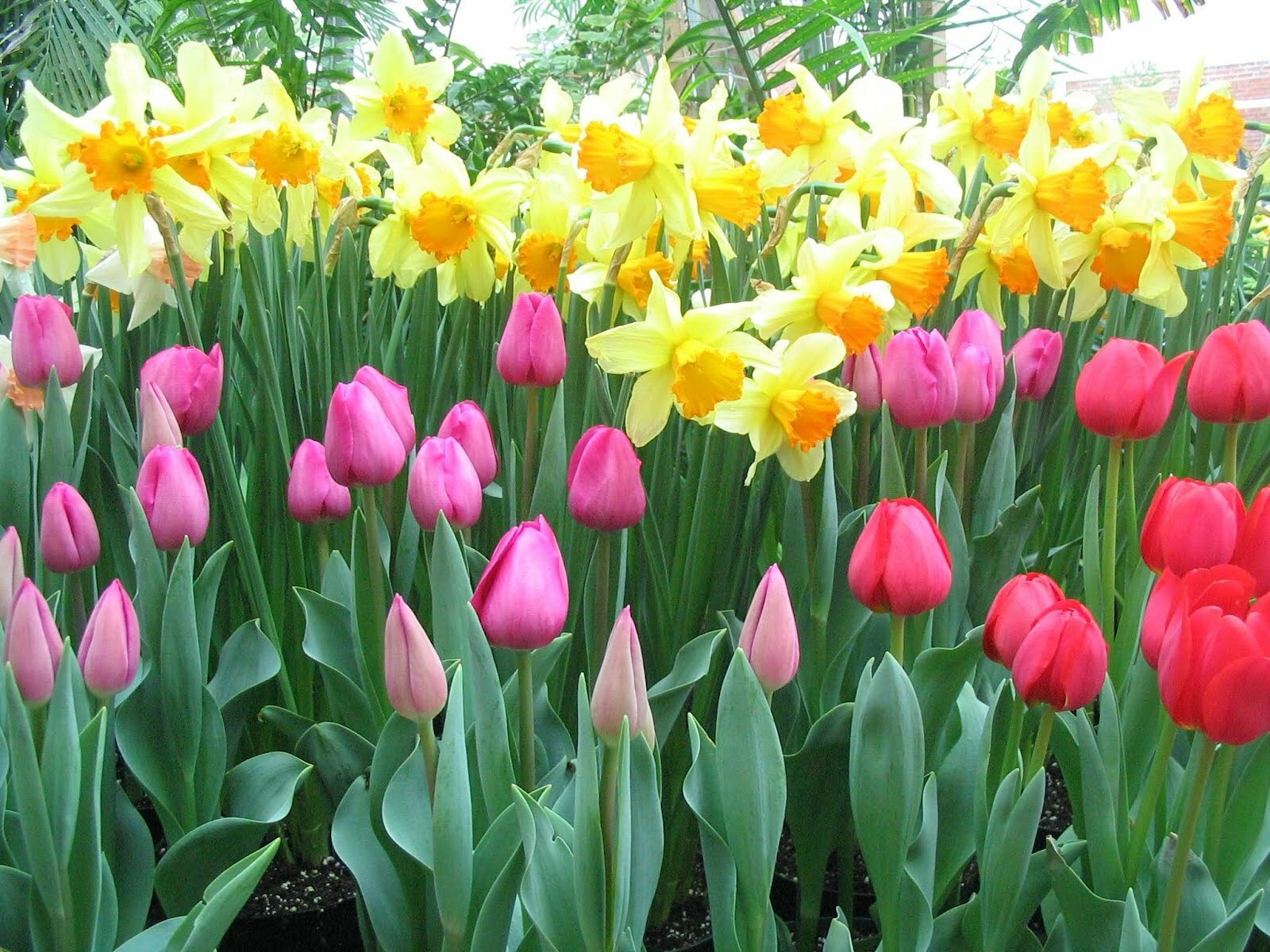 Spring Bulbs
Spring Bulbs
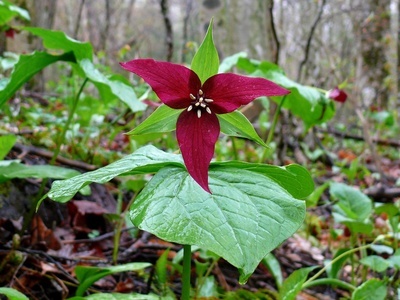 Trillium
Trillium
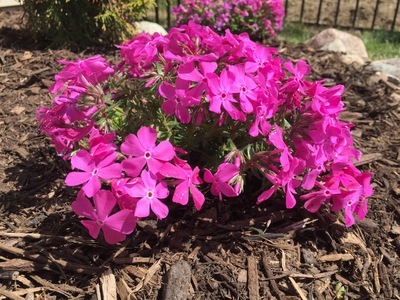 Shop By Zone
Shop By Zone
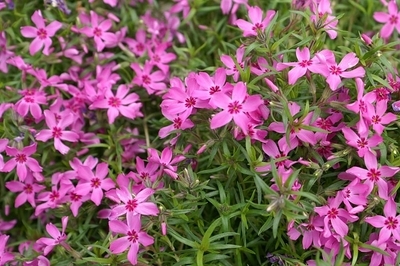 Flowering Groundcovers
Flowering Groundcovers
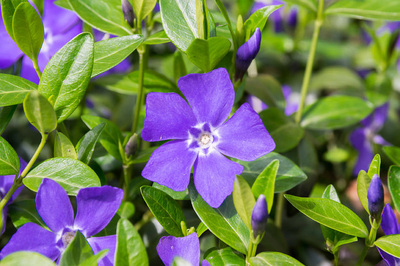 Evergreen Groundcovers
Evergreen Groundcovers
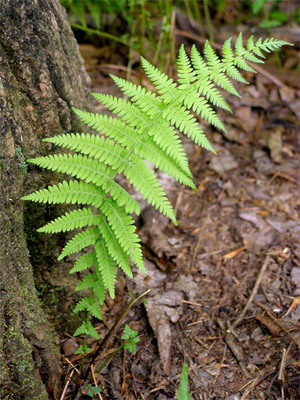 Ferns for Zone 3
Ferns for Zone 3
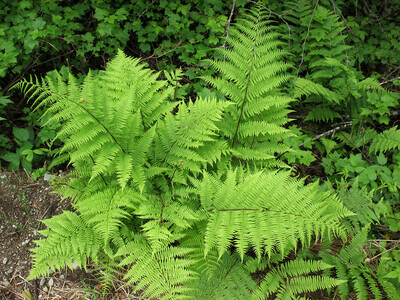 Ferns for Zone 4
Ferns for Zone 4
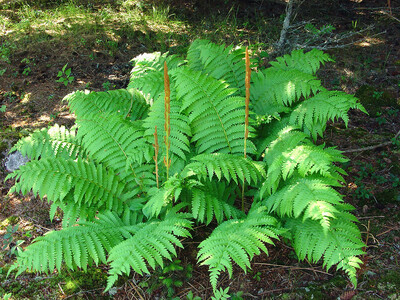 Ferns for Zone 5
Ferns for Zone 5
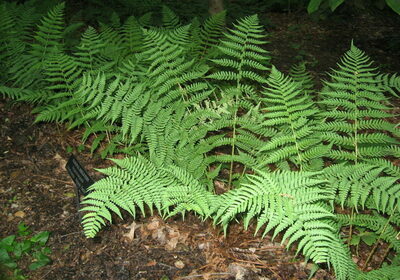 Ferns for Zone 6
Ferns for Zone 6
 Ferns for Zone 7
Ferns for Zone 7
 Ferns for Zone 8
Ferns for Zone 8
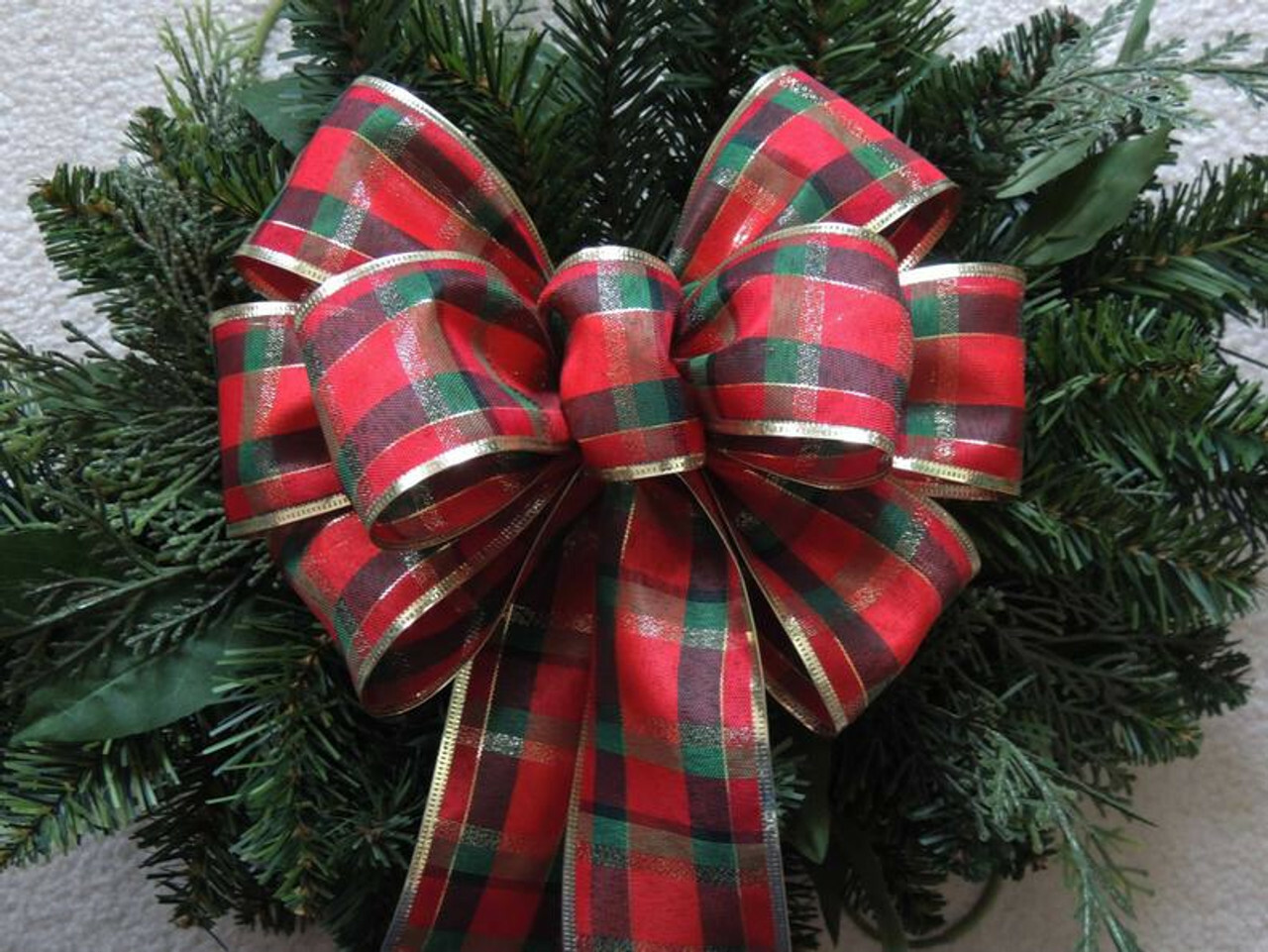 Christmas bows
Christmas bows
 Fresh Wreaths
Fresh Wreaths
 Garlands
Garlands
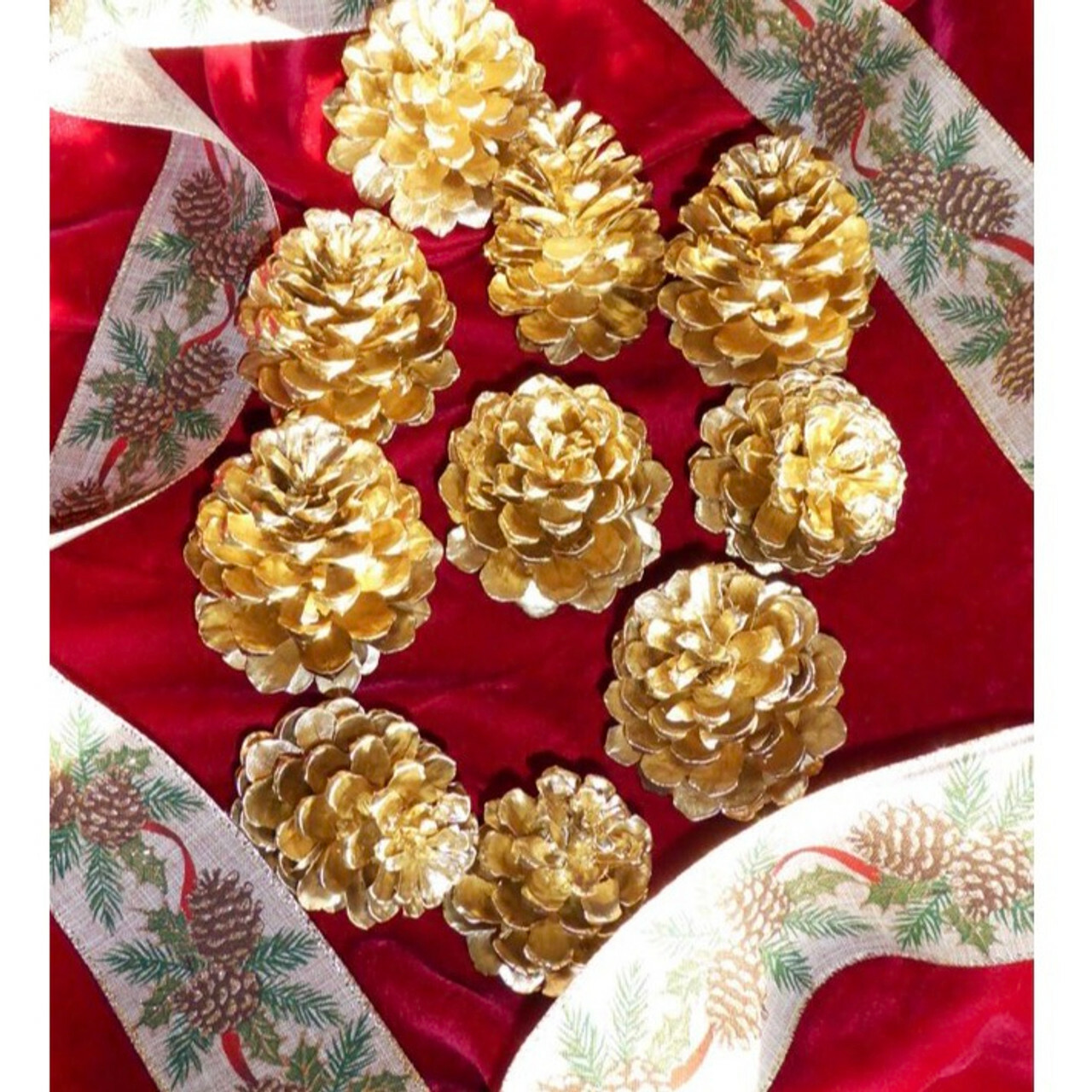 Large Pine Cones
Large Pine Cones
 Live Mistletoe
Live Mistletoe
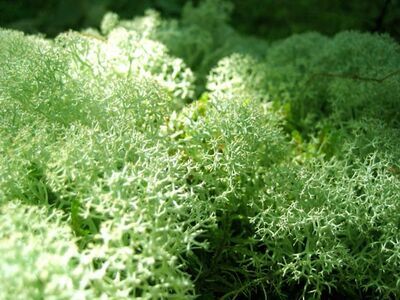 Moss
Moss
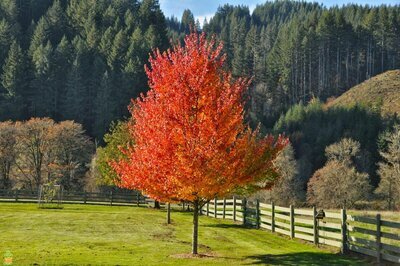 Shop Trees By Zone
Shop Trees By Zone
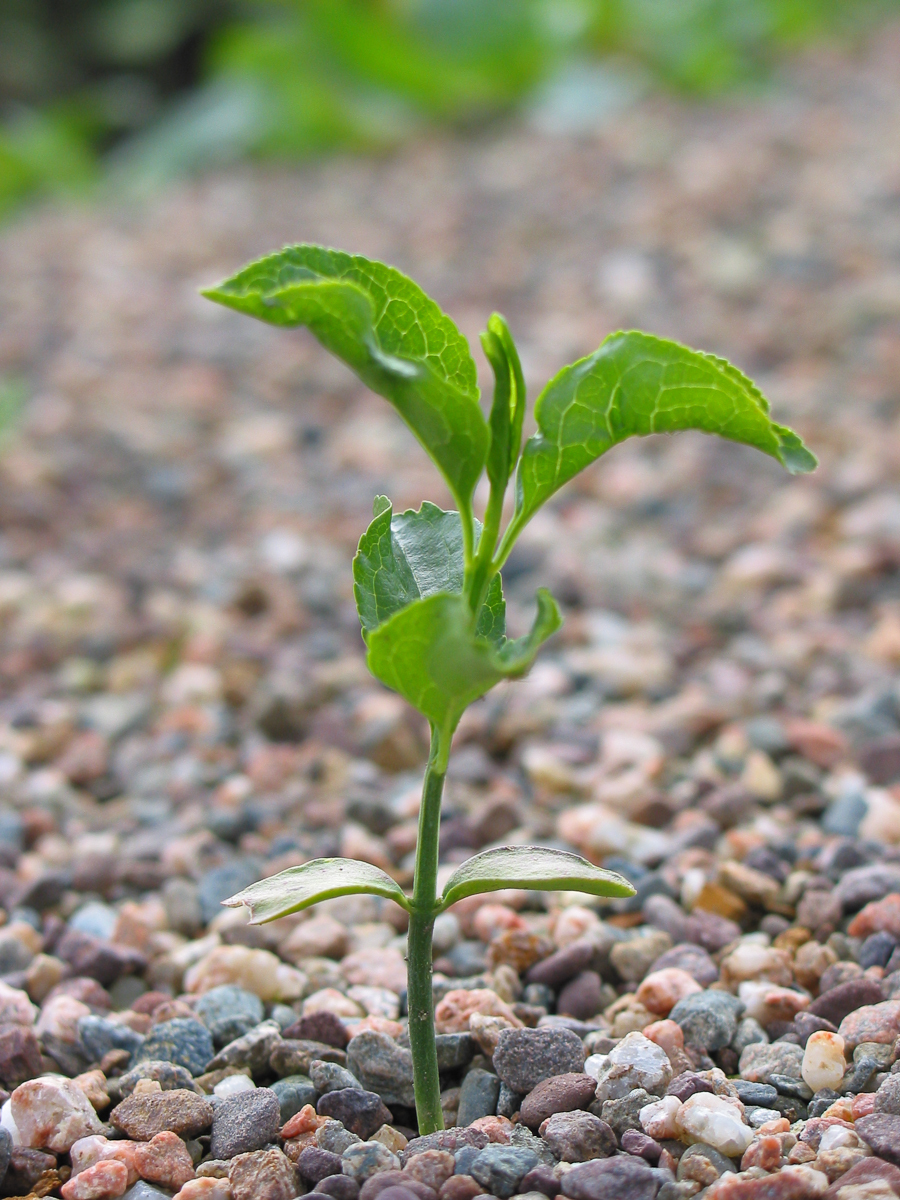 Tree Seedlings
Tree Seedlings
 Fast Growing Trees
Fast Growing Trees
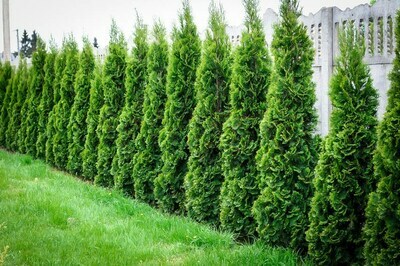 Pine Trees
Pine Trees
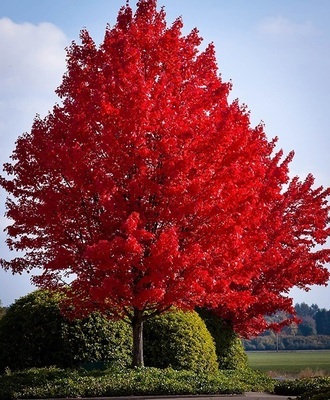 Live Stakes
Live Stakes
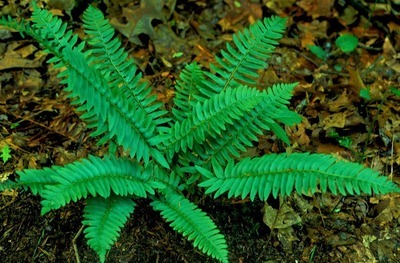 Evergreens
Evergreens
 Cactus
Cactus
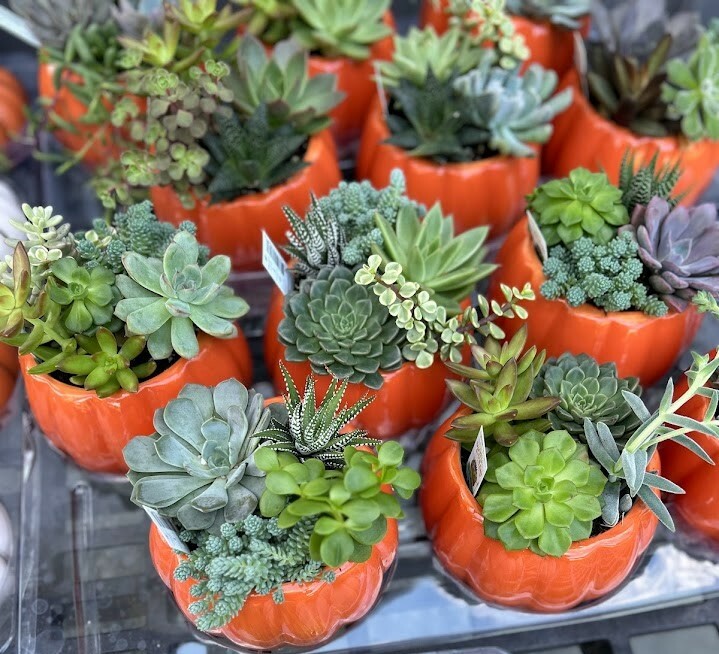 Combos
Combos
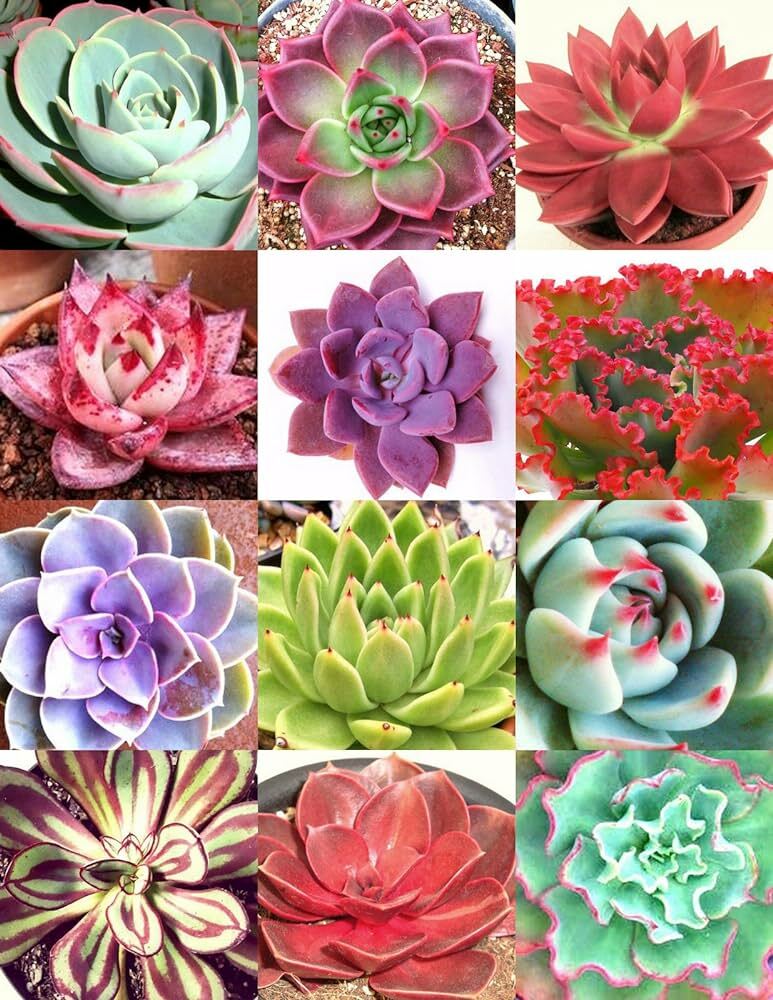 Echeveria
Echeveria
 Haworthia
Haworthia
 Sedum - Stonecrop
Sedum - Stonecrop




